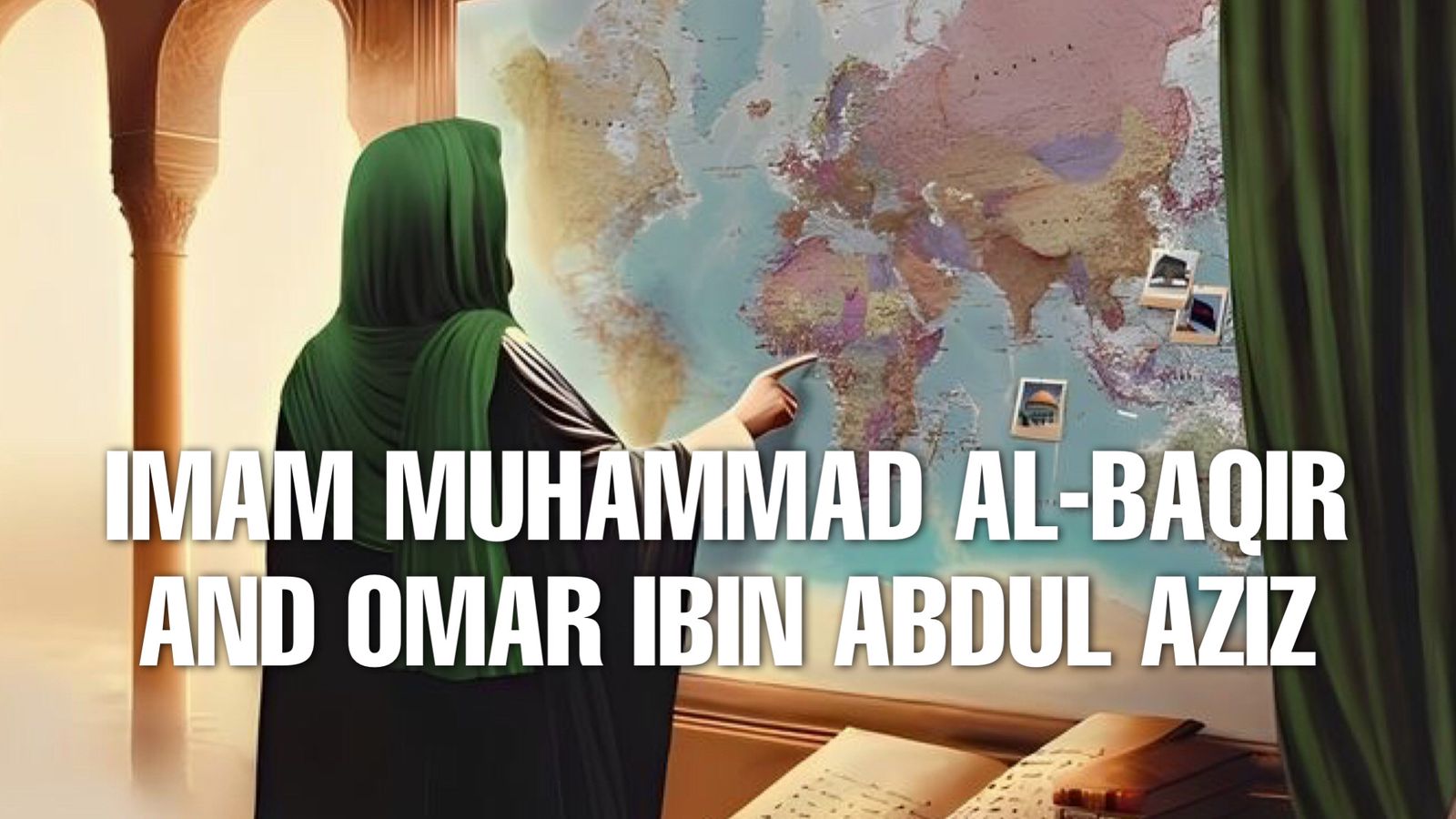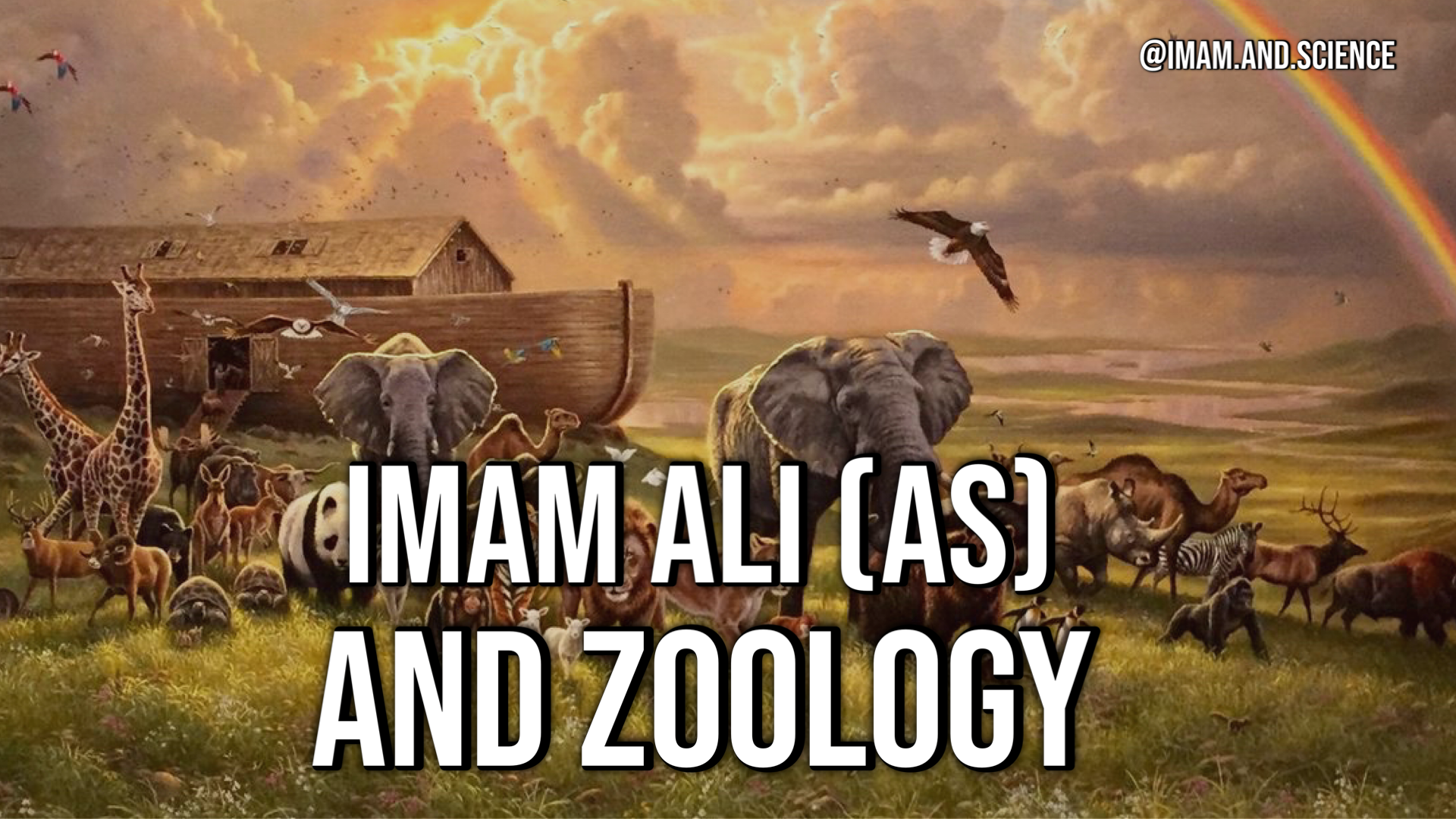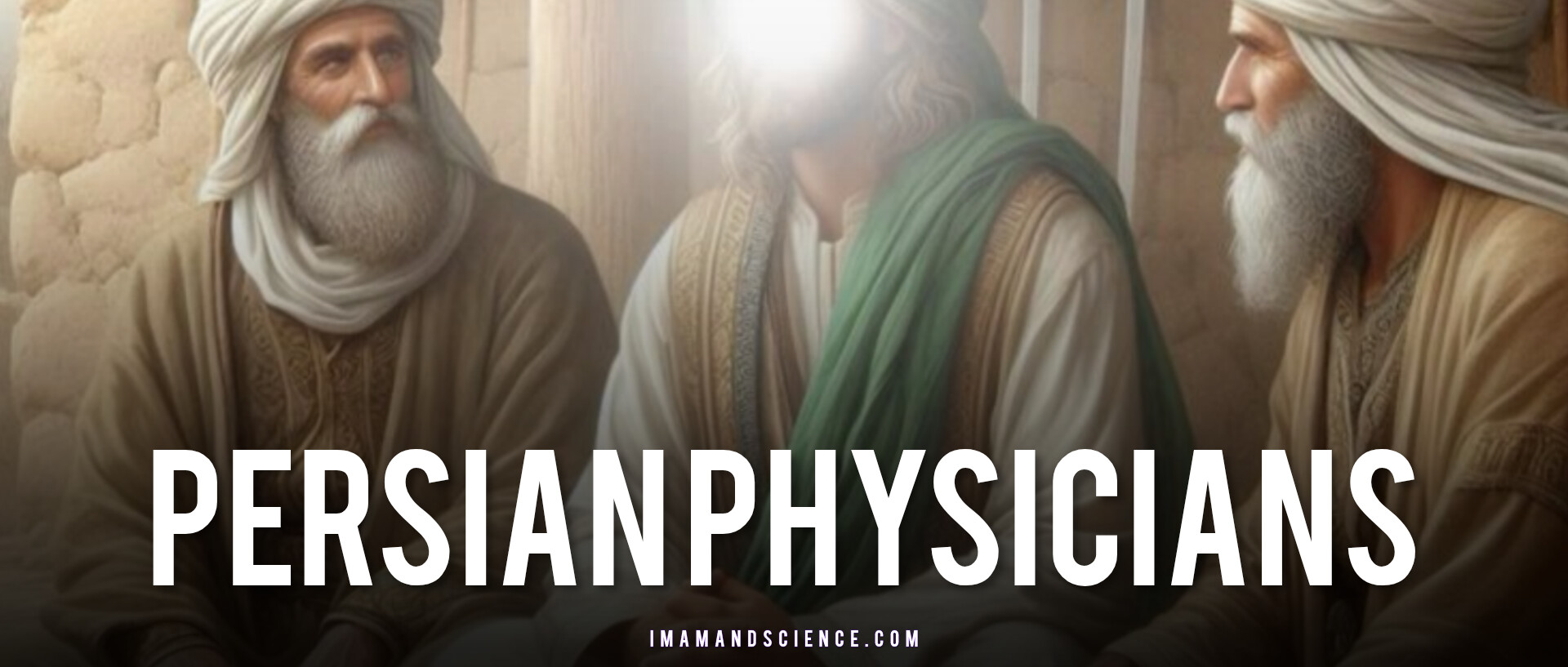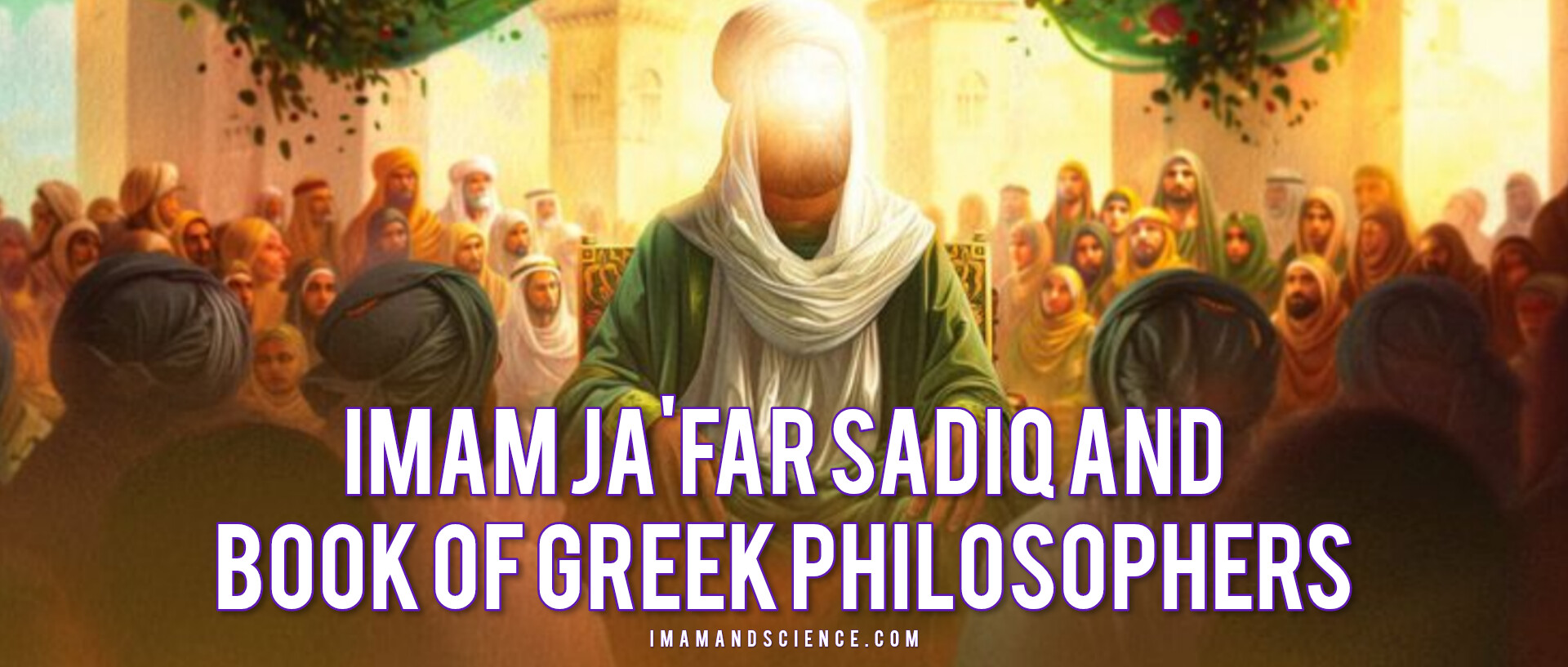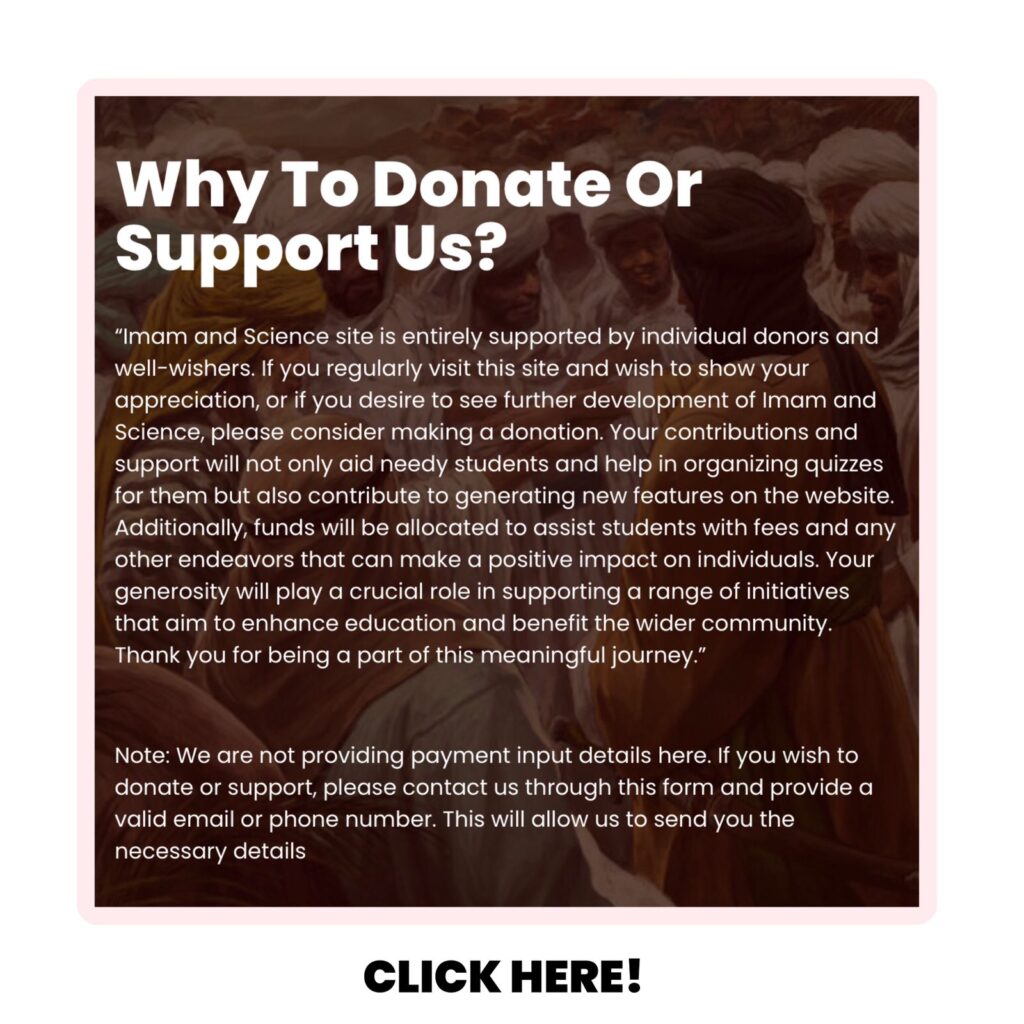Despite his best efforts, Ali ibn Abi Talib (A.S.) could not instill any interest in knowledge among Muslims. The apathy and indifference to learning were due to uninteresting methods of teaching. Jafar as-Sadiq changed the method and succeeded in spreading knowledge among Muslims.
Mohammed al-Baqar used to teach in the mosque of Medina, which was built by Prophet Mohammed (SAW) and his companions when they emigrated from Mecca to Medina. It was expanded during the rule of his successors. He taught history, grammar, rijal, and literature, which consisted of poetry only. In those days, no attention was given to prose. It may be noted that there were no books of prose available in Arabic except those which were written by Ali Ibn Abi Talib (A.S.) and Ali Ibn Husain (A.S.).
Mohammed al-Baqar gave lectures without consulting books. His students also had no books, but they had very strong memories and could memorize their lessons easily. Whatever they could not memorize, they wrote down on a wooden board and copied the notes on paper carefully at home. They could not afford to use a lot of paper as it was a rare commodity in those days. The advantage of writing on a wooden board was that it could be cleaned off and used again.
Teaching without books may seem strange today, but in the past, teachers in the East and West always taught without books. Even today, teachers who trust their memory teach their students without consulting books.
The subjects which were taught by Mohammed al-Baqar were not very broad. Only literature was a comprehensive subject. History consisted of what was in the Bible and the Quran. Greek and Syrian books of history were not translated into Arabic, and the history of Europe could not be taught. Jafar as-Sadiq (A.S.), who had a very strong memory, could memorize whatever was taught in the classroom.
Shias believe that Mohammed al-Baqar was called al-Baqar meaning one who splits and opens because he introduced many new chapters of knowledge. In our opinion, he was known as al-Baqar because at the end of the first century Hijra when Jafar as-Sadiq was about seventeen or twenty years of age, he introduced geography and many other Western sciences in his institute.
Some people think that the Arabs had learned geography from the books written in Syriac, an ancient language of Syria. This is not correct. They learned geography when they conquered and occupied Egypt and found the books of Ptolemy long before the books in Syriac were translated into Arabic.
In addition to geography, Ptolemy had also written books on astronomy. Since Jafar as-Sadiq knew astronomy, he must have studied the books on astronomy written by Ptolemy when he was a student.
The Arabs knew the constellations of the stars and had given a special name to each of them. It is not known who gave those names to them and when. They had some knowledge of astronomy before they went to Egypt. It can, therefore, be said that Jafar as-Sadiq did not learn astronomy by reading the books of Ptolemy. They only helped him in his study of that subject.
Unfortunately, we do not have any historical evidence to show that Mohammed al-Baqar had introduced Western sciences in his classes. The following facts have led us to draw that conclusion:
- It is unthinkable that Shias began calling Mohammed bin Ali “al-Baqar” only after he introduced two new subjects – geography and astronomy. He must have introduced many Western sciences to be called al-Baqar.
- Jafar as-Sadig taught Western physics and philosophy in addition to geography and astronomy. It is an established fact that at that time the books of Greek philosophers on these subjects were not translated into Arabic. The translators had only just started translating the books from Syriac into Arabic, without even understanding the meanings of scientific and philosophical terms.
We can, therefore, infer that Mohammed al-Baqar (A.S) was also teaching those subjects and Jafar as-Sadiq learnt them from his father. When he grew up he made his own discoveries. Had he not learnt them from his father, he could not have taught them to his students.
Shias believe that Jafar as-Sadiq had the knowledge of those sciences because he had Ilm-e-Ladunni or God-given knowledge. They explain that a man’s subconscious mind is quite different from his conscious mind. It is the treasure house of knowledge of mankind and of the world. Modern science lends support to this theory. Biological studies have gradually proved that every group of cells in the human body knows whatever is knowable from the beginning of the world till today.
They contend that when someone is chosen as a Prophet or as an Imam, the curtain which hangs between his conscious and subconscious minds, is lifted and he can make use of the knowledge which is stored in his subconscious mind. They explain the assignment to Mohammed ibn Abdullah (SAW) of the mission of Prophethood in the same way. They say that he did not know how to read and write and had no knowledge of anything. When on the night of his assignment, Angel Gabriel came in the cave of Hira and asked him to read, he said: “I cannot read.” When Gabriel asked him again, the curtain which was between his conscious and subconscious minds was removed and he could read instantly. He also acquired the knowledge of everything in the world.
They also state and explain that subconscious mind comes in two layers: Primary and Final. We, the common people, come into contact with the primary layer of our subconscious mind when we are sleeping. As a result, we have dreams. Sometimes we come in contact with our subconscious mind while we are awake. Whatever inspirations we receive originate from the primary layer of our subconscious mind. But the Prophets of God and Imams are in touch with the final layer of their subconscious minds, which is the reservoir of the knowledge of the world.
It is what the Shias mean by Ilm-e-Ladunni. They believe that Jafar as-Sadiq had the knowledge of what was stored in the final layer of his subconscious mind.
A historian, however, needs authentic historical evidence to discover how a person like Jafar as-Sadiq, who had not traveled outside Arabia, could teach philosophy and Western sciences at a time when no Arab had ever taught those subjects before. (In his middle age he did go many times to different places outside Arabia.)
The only conclusion we can draw is that just as the Arabs learned geography and astronomy from Coptic scholars and Mohammed al-Baqar (A.S) taught those subjects to his students, he learned philosophy and physics also from them and taught them to his son!
In the year 86 of the Hijra, when Jafar as-Sadiq was only 3 years old, Abdul Malik bin Marwan died and his son, Walid bin Abdul Malik, became the caliph. By his first order, the new caliph removed Hisham bin Ismail and appointed in his place Omar bin Abdul Aziz, a handsome young man of about 24 years of age, as the governor of Medina.
Damascus was the seat of the Umayyad caliphs. They followed court traditions of Byzantine emperors and decorated themselves richly like them. Governors, appointed by the caliphs, had their own courts in their seats of government, lived ceremonial lives, and strictly observed all the official formalities.
When Omar ibn Abdul Aziz took over as the Governor of Medina, he did not observe any formality and went straight to the mosque of the Prophet (SAW) to see Mohammed al-Baqar, who gave his lectures every day, except Fridays, in the part of the Mosque which was reserved for nocturnal prayers. Addressing the Imam he said: “I was informed that you are busy teaching your students. It would have been most appropriate for me to see you at your residence, when you had returned from the mosque, but I was so anxious to see you that I could not wait. I have come to offer my services to you. I shall serve you as long as I am in Medina.”
It may be noted that during Umayyad rule the descendants of Ali ibn Abi Talib could live only in Medina. If they went to any other place, they were harassed and subjected to undue pressure. They were even in danger of being killed. Ali ibn Husain and Mohammed al-Baqar could live peacefully and teach in Medina because the residents of that city had great love and respect for them, and Hisham or any other Governor would not dare harm them.
In the third year of his reign (88 A.D), Walid ibn Abdul Malik decided to expand the Mosque of Medina. It had been expanded before, but the houses of some wives of the Prophet, who were alive at that time and living near the mosque, could not be demolished. His last wife died in A.H. 88. From then on there was no obstacle left for its expansion.
The Umayyad caliph instructed Omar bin Abdul Aziz to demolish the houses of the wives of the Prophet (SAW) and to purchase and demolish some other neighboring houses as well so that each side of the mosque would be 200 zirah and the total area of the mosque 40,000 sq. zirah (One zirah is equal to 40 inches).
Omar bin Abdul Aziz instructed Iranian workers to proceed with the construction in such a way that the lectures of Mohammed al-Baqar, for whom he had great respect, were not disrupted.
When the expansion began, Jafar as-Sadiq was about Page 30 five years of age. If he was born in the year 80 Hijra, as some biographers have written, he was about 8 years of age. He asked his father’s permission to help in the construction of the mosque.
Mohammed al-Baqar said: “You are so small; how can you help in construction work?”
Jafar as-Sadiq replied: “Just like my grandfather, I want to make my contribution in the construction of this Mosque.”
Hearing that reply, Mohammed al-Baqar allowed him to help the workers.
Some people have remarked that Jafar as-Sadiq was only interested in playing with bricks, mud, and clay, as most children are. But he did not want to play and have fun. Despite his small age and limited strength, he did help the workers as much as he could. It was noticed that when children would come and ask him to play, he would refuse to do so and say: “I cannot play now; I am helping in the construction work.” It was only after the work would stop and he would finish his lessons that he would go out and play with his friends.
Children’s games throughout the world are, more or less, the same. In very few cities, we see children playing a new game. The children of Medina had two special games which were found nowhere else. If they were played in any other Muslim country, they were surely taken from Medina.
One game, which the children of Medina played and had educational value, was that Jafar as-Sadiq would sit and play the role of a teacher and other children would sit around him as his students. He would then give the description of a fruit – its color, size, taste, etc., and ask the children to name it. This would make them think. The boy who was first to tell the name of that fruit would become the teacher and Jafar as-Sadiq would leave his place and join the ranks of the students. The new teacher would give the description of another fruit and ask the children to name it. Jafar as-Sadiq, being exceptionally bright, would immediately tell the name of the fruit and become the teacher again.
Social environment and family background play a great part in molding the character of a child. Jafar as-Sadiq belonged to a noble family of Medina and was brought up by such righteous persons as Ali ibn Husain, Mohammed al-Baqar, and Umme Farva. Some of his playmates, even though they belonged to noble families, would not hesitate to tell lies. Sometimes one of them would not vacate his place even if Jafar as-Sadiq gave the correct answer. He would make excuses and insist that the answer was not correct. Jafar as-Sadiq would know that he was not telling the truth. It would hurt him, but he would not quarrel with him. Sometimes he would leave the place and go home.
After some time, the children would feel that the game had no charm since no one among them was as bright as Jafar as-Sadiq. They would go to him and ask him to play again. Jafar as-Sadiq would agree to play with them on the condition that they would not tell any more lies. The children would promise to be truthful, and he would play with them again.
Another game which was played by the children of Medina was that one boy would act as the teacher and the rest as his students. The teacher would utter a word, say Ash-Sharaya, meaning a she-camel with a long neck. One of the students would shout ash-Sharaya and repeat the word again and again. To confuse the boy, the teacher would utter some other words rhyming with the word ash-Sharaya, such as al-Daraya, al-Safaya, al-Kifaya, etc., whether they had any meaning or not. If the student got confused and shouted a word other than ash-Sharaya, he would be out of the game, and another boy would take his place. The teacher would start the game again by uttering a different word. Jafar as-Sadiq participated in this game of shouting as well as other games in which the children had to run about.
In the year 90 of the Hijra, a terrible epidemic of smallpox spread in Medina. Many children were infected. Jafar as-Sadiq was at that time about nine or ten years of age. Umme Farva left Medina with her children and went to Tinfisa, which was in the suburbs of Medina. In those days, the only way to save oneself and one’s family from smallpox was to leave the place where it was raging and go to a safe place.
Some places become well-known by the names of products made there. In Tinfisa, very fine mats were made from the leaves of a kind of grass. Those mats were called Tinfisa. Therefore, the village itself became famous by the name of Tinfisa. This village, just like many other places which were famous in the 1st and 2nd centuries Hijra, does not exist today, but the people of Medina know its location.
Medina is situated in the center of a desert, but it had many fine summer resorts where well-to-do families used to go and stay during the summer season.
When Umme Farva settled down in Tinfisa, she was relieved and thought that the children would be safe there. She did not know that she herself would catch the dreaded disease. When she fell ill, she did not realize, as is usually the case, that she had smallpox until the first blister appeared on her body. Being an educated lady, she was not so much concerned for herself as for her children. She sent them immediately from Tinfisa to another place.
Mohammed al-Baqar was informed of his wife’s sickness. Since it was a dangerous disease, he had to suspend his classes and go to Tinfisa. Before his departure, he went to the grave of the Prophet (May Allah bestow His Blessings on him and his Progeny) and prayed for his wife’s recovery.
When Umme Farva saw her husband, she said to him: “Why have you come here? Did no one tell you that I am suffering from smallpox? I am afraid that you may contract the disease.”
Mohammed al-Baqar replied: “I have prayed for you at the tomb of the Prophet. Prayers at that place are very efficacious. I am sure that you will fully recover from this disease, and I will not catch it.”
Umme Farva did recover from that dreadful disease, as Mohammed al-Baqar had said. Her recovery was actually a miracle. Elderly people rarely fall victim to this disease, and if they do, their chances of recovery are very remote indeed.
Shias believe that an Imam has exceptional knowledge and power. Since Mohammed al-Baqar was an Imam, he himself cured his wife. However, a historian does not subscribe to such beliefs. At that time, it was not possible even for a physician to cure a patient of smallpox. The recovery of Umme Farva was an exceptional case. After her recovery, she returned to Medina, but the children were not called back until there were no fresh cases of smallpox in the city.
In the same year, or the next, Jafar as-Sadiq was sent to study at his father’s college. All the chroniclers have written that he joined the college when he was ten years of age. This college was a center for higher education and learning. Therefore, his higher education started at the age of ten, which was not unusual for a boy of his intelligence and memory. We can mention the names of many Western scholars who, at the age of ten, studied subjects which are taught in universities.
Message from Imam And Science:
All the text on this blog is sourced from “Maghaz e Mutafakir Began Shia” and rewritten and formatted by the Imam and Science team. Our mission is to preserve the teachings of Imam Jaffar as-Sadiq and share insights about his life. Your support helps us continue this mission. If you’d like to learn more about the book, click here. If you find any mistakes in the blog, please contact us via email or our Instagram account. Keep reading and learning! Comment and Share!

